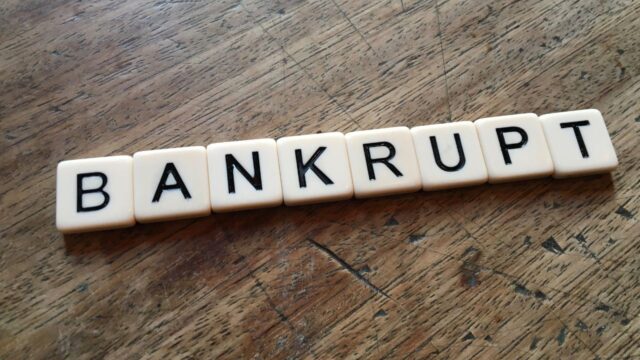
When a company goes bankrupt, it can have significant implications for its stockholders. The impact on stockholders varies depending on the type of bankruptcy the company files, as well as the financial health of the company leading up to the bankruptcy filing.
There are two main types of bankruptcy that a company can file for: Chapter 7 bankruptcy and Chapter 11 bankruptcy. Chapter 7 bankruptcy is often referred to as a liquidation bankruptcy, while Chapter 11 is referred to as a reorganization bankruptcy.
In a Chapter 7 bankruptcy, the company ceases operations and its assets are sold off to pay its debts. This typically results in the company’s stock becoming worthless, as there are no assets remaining to pay shareholders. Stockholders in a Chapter 7 bankruptcy are considered last in line for payment, meaning that they are unlikely to receive any compensation for their shares.
In a Chapter 11 bankruptcy, the company continues to operate while it develops a plan to restructure its debt and operations. This plan must be approved by a bankruptcy court and the company’s creditors. During the Chapter 11 process, the company’s stock may continue to trade, but its value may decline significantly. The bankruptcy court may also cancel the company’s existing shares and issue new shares to creditors and other stakeholders as part of the restructuring plan.
The impact of a bankruptcy filing on stockholders depends on a variety of factors, including the company’s financial health leading up to the bankruptcy, the type of bankruptcy filed, and the ultimate outcome of the bankruptcy process. Here are a few potential scenarios that could occur when a company goes bankrupt:
Scenario 1: The company files for Chapter 7 bankruptcy and liquidates its assets
In this scenario, the company has exhausted all other options and has no choice but to cease operations and sell off its assets to pay its debts. Stockholders in the company are unlikely to receive any compensation for their shares, as the company’s assets will be used to pay creditors first. The stock may continue to trade for a short period of time after the bankruptcy filing, but its value will likely decline significantly as investors realize that the company’s shares are now worthless.
Scenario 2: The company files for Chapter 11 bankruptcy and successfully restructures
In this scenario, the company is able to develop a plan to restructure its debt and operations, which is approved by a bankruptcy court and its creditors. As part of the restructuring plan, the company may issue new shares of stock to creditors or other stakeholders, which could dilute the value of existing shares. However, if the company is able to successfully restructure and return to profitability, the value of its stock may eventually recover.
Scenario 3: The company files for Chapter 11 bankruptcy but is unable to restructure
In this scenario, the company is unable to develop a viable restructuring plan and is forced to convert its bankruptcy filing to a Chapter 7 liquidation. In this case, the company’s stock would become worthless and investors would not receive any compensation for their shares.
Scenario 4: The company files for bankruptcy but ultimately emerges stronger
In some cases, a bankruptcy filing can actually help a company emerge stronger by allowing it to shed debt and restructure its operations. If the company is able to successfully navigate the bankruptcy process and return to profitability, the value of its stock may eventually recover. However, this is not always the case, and investors should be cautious when investing in companies that have recently emerged from bankruptcy.
In summary, the impact of a bankruptcy filing on stockholders depends on a variety of factors, including the type of bankruptcy filed, the financial health of the company leading up to the filing, and the ultimate outcome of the bankruptcy process. While some companies are able to successfully restructure and emerge stronger after a bankruptcy filing, others are forced to liquidate their assets, leaving stockholders with worthless shares. As such, investing in companies that have recently filed for bankruptcy can be risky and requires careful consideration of the company’s financial health and prospects for recovery.


































